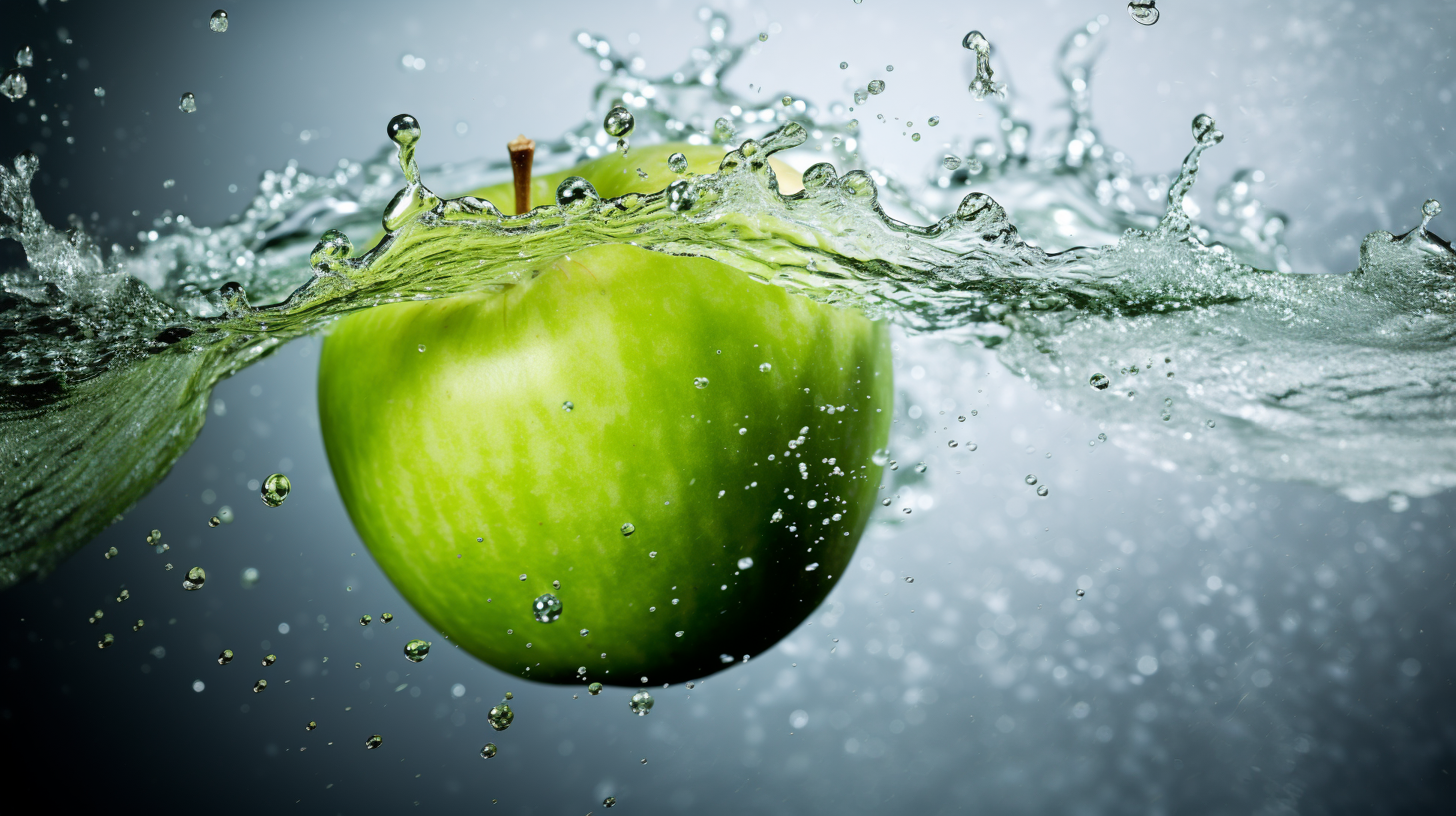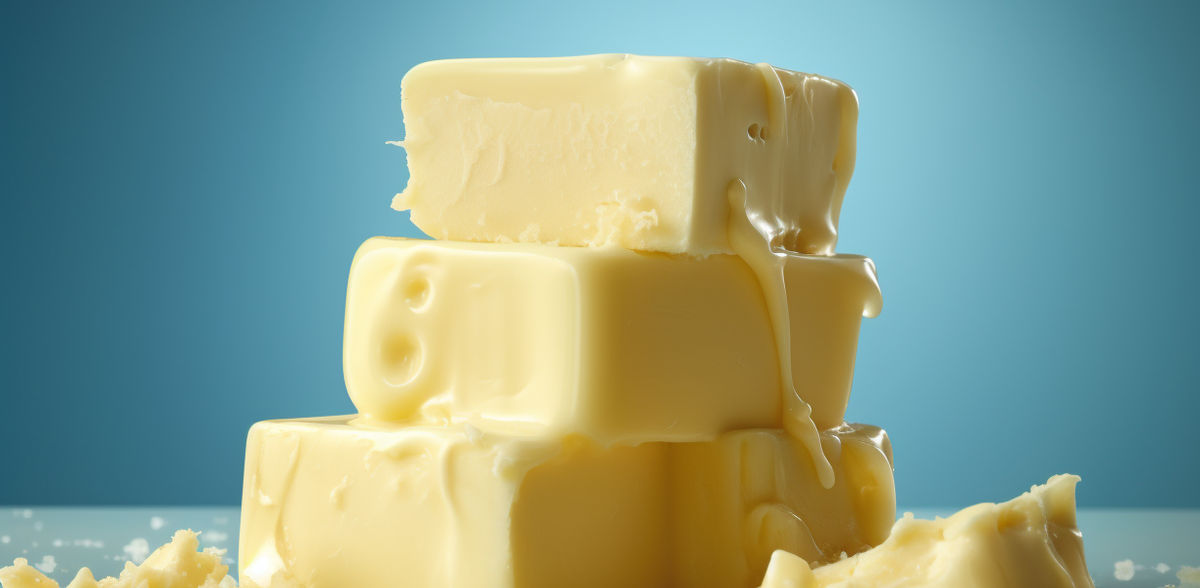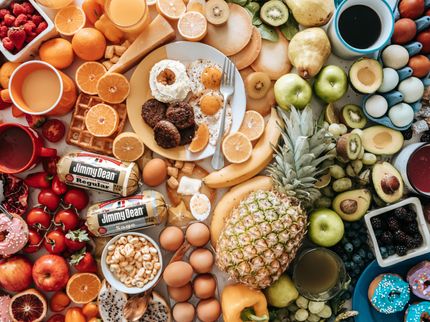Butter and its alternatives
TÜV SÜD explains
Where there used to be butter and margarine in the grocery store, consumers today find the most diverse variations. From vegan butter substitutes to so-called blended spreads. In the run-up to the advent baking season, TÜV SÜD provides information on the properties of butter and butter alternatives.
According to the German Federal Institute of Food and Agriculture, the annual per capita consumption of butter, milk fat and milk spread fat products was just under 5.3 kilograms in 2022. This represents a 12.6 percent year-on-year decline in consumption for this product group. At the same time, demand for butter alternatives has increased sharply in recent years. "But while food law sets clear legal requirements for butter, quality-determining characteristics are still poorly described for vegan substitutes for butter," says Dr. Andreas Daxenberger, food expert at TÜV SÜD Management Service GmbH.
Where it says butter on it, butter must also be in it
What may be called butter is regulated by law in the so-called Butter Ordinance. It may only be made from cow's milk, cream obtained directly from it or whey cream. Whey is the liquid portion of milk left over from cheese production. Butter must contain at least 82 percent milk fat. Only salt, iodized salt, water in compliance with the legal quantities and the colorant beta-carotene (E 160a) may be added. Coloring butter is expressly permitted by law. It serves to compensate for seasonal fluctuations in the raw material milk. The use of beta-carotene must be indicated in the list of ingredients. On the other hand, the addition of vegetable fats or oils is excluded. Clarified butter - also known as ghee - is a special product made from butter. In the production of ghee, water, milk protein and lactose are removed from the butter by heating and centrifuging, resulting in a fat suitable for frying and cooking.
Margarine as an alternative
Until a few years ago, the conventional alternative to butter was pure margarine. It contains no milk fat, but consists of vegetable ingredients, with a small amount of milk fat permitted by law. The vegetable oils or fats used can be hardened by suitable processes, but this must be indicated in the list of ingredients. Margarine may contain emulsifiers, acidity regulators, vitamins and flavorings. The permissible water content is set at a maximum of 16 percent.
Vegan butter substitute
A few years ago, "vegan butter" hit the market as a new plant-based alternative. "However, the term butter is misleading," explains Dr. Daxenberger, "because this designation is reserved for products made from milk." Vegan substitutes for butter are made from only vegetable oils and fats. The composition is typically based on sunflower, soy, canola, palm or coconut oil. They are brought to a butter-like consistency through complex food processing. The butter's buttery taste and texture are created by flavorings, salt and emulsifiers. Vegan butter works well for melting, frying, baking and as a spread.
Mixed spreads on trend
There are also mixed spreadable fats. They consist of a mixture of animal fat (usually butter or milk fat) and vegetable fat (usually vegetable oils). These products bring together the taste and use qualities of butter and vegetable oils or fats. The dairy spread fats contain more dairy fat than vegetable oils. The vegetable spread fats contain more vegetable oils than milk fat.
Overall, consumers can choose from a wide variety of products and thus adapt, for example, fat content, flavor and spreadability to their own wishes and needs. However, the technological versatility of butter is difficult to achieve due to its special molecular structure. Alternatives can be used as functional substitutes for "real" butter (see table). They are best used where the taste of butter is desired, the proportion of animal fats is to be reduced, or the price of the food is to be lowered.
Overview of butter and alternatives
- Butter (milk fat only) as a spread; for baking and cooking savory and sweet dishes; sauces, pastries, butter creams; base for herb or garlic butter, "sting" for refining vegetables; e.g. for real cocoa
- clarified butter (only butter without the whey) mainly in international cuisine; production of sauces, refinement of vegetables, less frequently fine baked goods
- Margarine (vegetable oils and fats, (low-tolerance proportion of animal fats) as a fat replacing butter in bakery products and in fine baked goods, bread spreads
- Vegan butter (exclusively vegetable oils and fats) vegan cooking; melting, frying, baking and as and spread on bread
- Mixed sctrich fats (animal fats and vegetable oils/fats) bread spread, according to some manufacturer's instructions also for baking or frying
Voluntary standards ensure food safety
Food safety should not be neglected in the case of both butter and butter alternatives. In addition to legal requirements, private sector certification standards such as IFS Food are becoming increasingly important. "The voluntary standards supplement the legal requirements with important quality aspects," explains Dr. Daxenberger. For example, the IFS standard defines criteria to ensure and demonstrate the quality of processes and products and food safety throughout the entire manufacturing process of butter and butter alternatives. The requirements include, among other things, the precise documentation of processing procedures, the suitability of plant and equipment, cleanliness and hygiene in production facilities, the avoidance of contamination with allergens or foreign bodies, and the food conformity of packaging and compliance with filling quantities. And in their audits, TÜV SÜD's experts also check that labeling and recipes are correct. Food retailers usually require their suppliers to be certified according to IFS.
Note: This article has been translated using a computer system without human intervention. LUMITOS offers these automatic translations to present a wider range of current news. Since this article has been translated with automatic translation, it is possible that it contains errors in vocabulary, syntax or grammar. The original article in German can be found here.
Other news from the department business & finance
Most read news
More news from our other portals
See the theme worlds for related content
Topic world Hygiene
Hygiene is the foundation of the food and beverage industry. Hygiene technology ensures that products are not only tasty, but most importantly, safe for consumption. From advanced cleaning processes to sterile filling techniques, the industry is constantly setting new standards to prevent contamination and the growth of microorganisms.

Topic world Hygiene
Hygiene is the foundation of the food and beverage industry. Hygiene technology ensures that products are not only tasty, but most importantly, safe for consumption. From advanced cleaning processes to sterile filling techniques, the industry is constantly setting new standards to prevent contamination and the growth of microorganisms.
































































